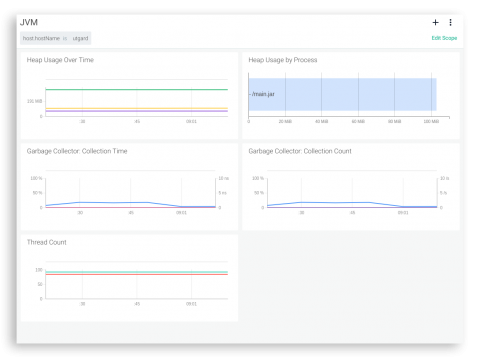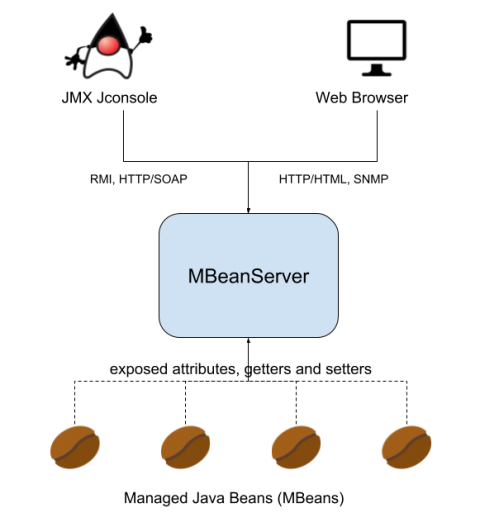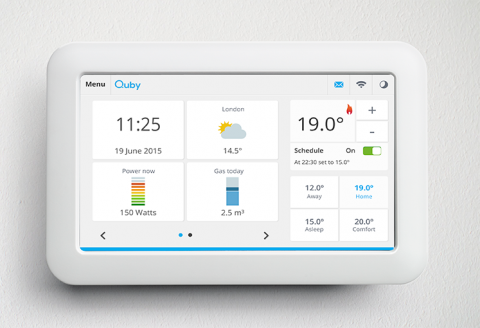Hands Off My Docker Containers: Dynamic Java Instrumentation in Three Easy Steps
Instrumenting your application with an APM tool is not always easy. Configuration is often complicated, and managing agent files can be daunting. AppDynamics has developed a three-step solution for automating Java agent deployment and infrastructure monitoring in a Docker environment.











